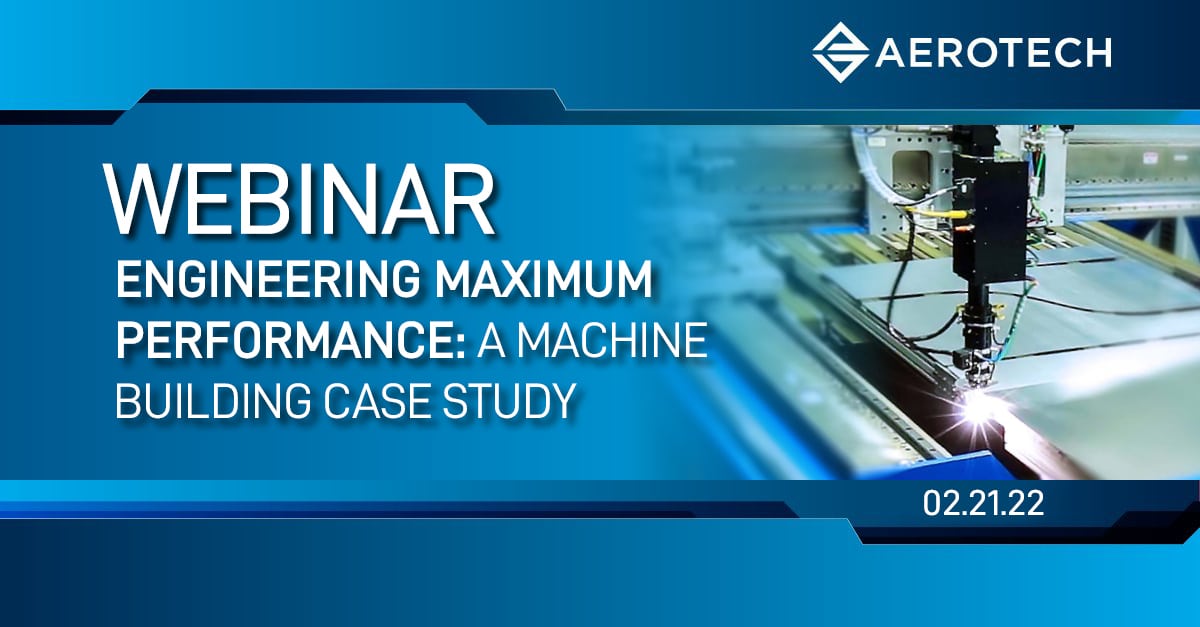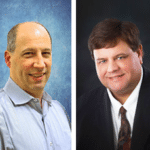Webinar
Engineering Maximum Performance: A Machine Building Case Study


About the Webinar
Lasercoil, a manufacturer of automotive laser blanking machines, needed to build machines that could accurately cut large, complex shapes from steel coil while maximizing material use and reducing costs related to hard tooling. They also needed to maximize throughput for faster processing speeds and improved productivity. Additionally, their machines needed a simple interface to make them easy for operators to program. This webinar shares their innovative techniques for managing software, control and mechanical architecture when designing machines in-house.
Learning Objectives
You will learn:
- Techniques for managing a machine’s software, controls and mechanical architecture
- How the machine architecture affects various aspects of the performance including throughput, accuracy, usability and maintainability
- Why an automation design partner can help improve machine performance
Who Should Attend
Engineers who work for companies that want to design their own machine architecture would benefit from learning best practices for maximizing throughput, accuracy, usability and maintainability.


Jay Finn (right) is the general manager and chief technology officer of Lasercoil Technologies LLC. He developed and designed Lasercoil’s high-speed blanking system. Prior to his work at Lasercoil, he held various engineering roles during his more than 30 years at the Automatic Feed Company and their affiliated companies. He holds a bachelor’s degree in mechanical engineering from the University of Toledo where he studied mechanical and thermal design, as well as nuclear physics. He holds a professional engineering license from the state of Ohio.
Dr. Joe Profeta (left) has more than 30 years of experience in technology-driven companies. He is the director of Aerotech’s controls system group with P&L responsibility for controls, drives and motors. In this role, he works with companies to design and select control system architectures that result in increased machine performance while minimizing component cost. He has earned bachelor’s, master’s and doctoral degrees, as well as an executive MBA. He has been awarded five patents and published 43 papers. Joe is also an adjunct professor in the electrical and computer engineering department at the University of Pittsburgh where he teaches software engineering and mechatronics.
